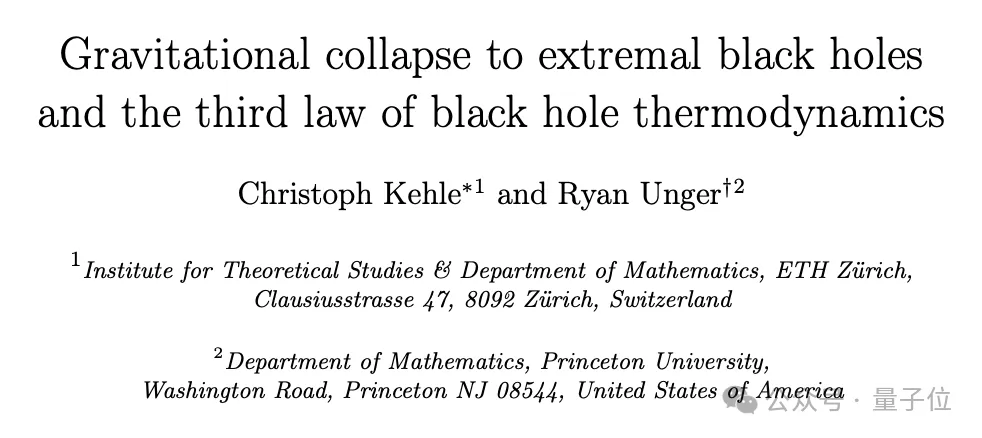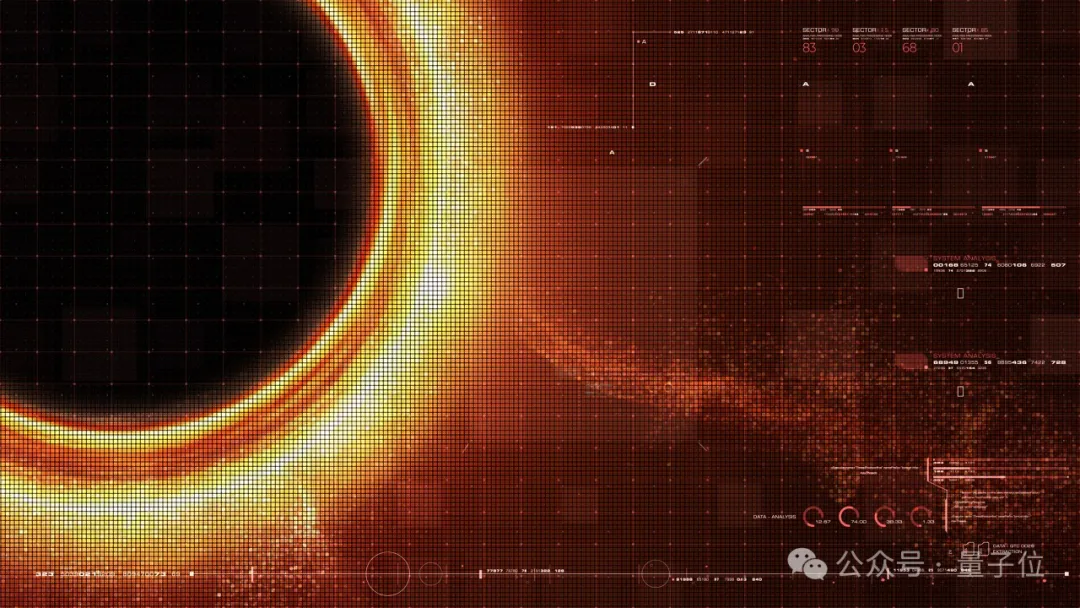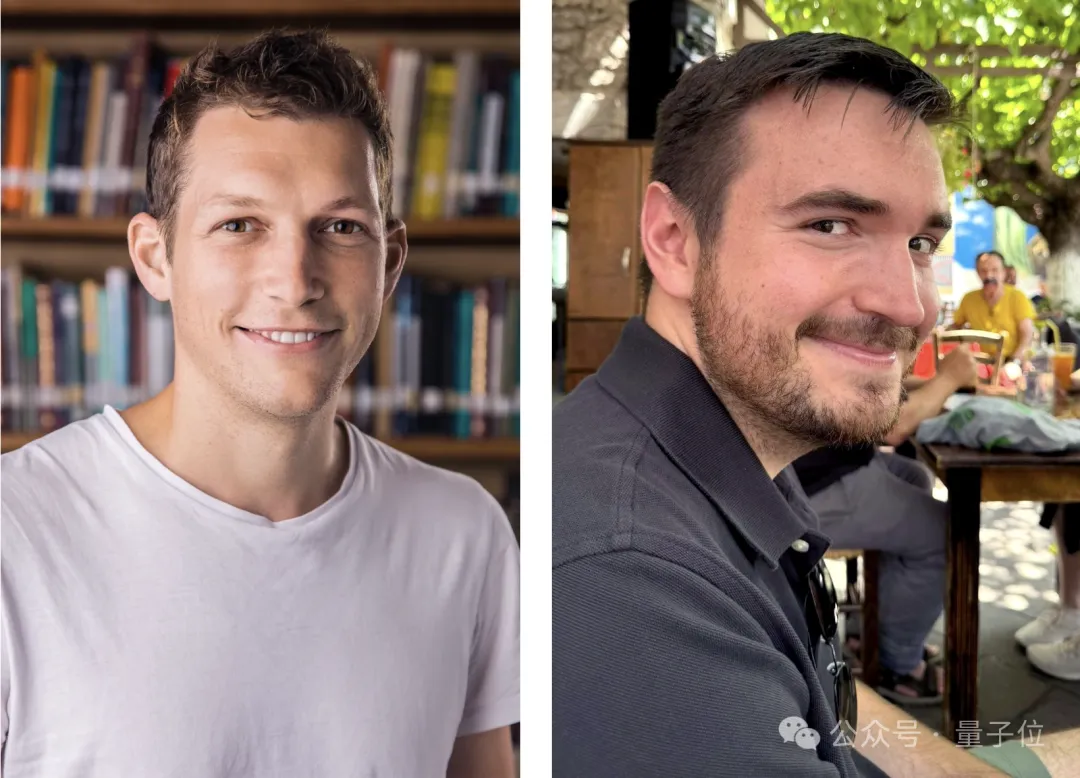Subverting Hawking's conjecture! Mathematicians prove that extreme black holes may exist

The conjecture proposed by Hawking 50 years ago has been overturned!
Mathematicians have recently proved that extreme black holes may exist .

This contradicts the third law of black hole thermodynamics proposed by Hawking and others in 1973.
An extreme black hole is a very special case, in which the gravity on the surface or event horizon of the black hole is zero. Its surface does not attract anything, but if a particle is pushed to the center of the black hole, it still cannot escape.
And because the temperature of a black hole is proportional to its surface gravity, the absence of surface gravity means that the black hole has no temperature and cannot emit thermal radiation.
This contradicts Hawking's theory of radiation, which states that black holes are not completely "dark" but can slowly radiate energy outward in a specific way, thereby gradually losing mass and eventually possibly disappearing.
But Christoph Kehle of MIT and Ryan Unger of Stanford University have shown mathematically that this is possible.
And they also prove that the existence of extreme black holes does not lead to the existence of naked singularities .
Nobel Prize winner Penrose previously proposed that nature does not allow the existence of naked singularities. If they exist, they will destroy the causality of the universe. The spatial region near the singularity may allow behavior that violates causality, causing time and space to become locally disordered.
Elena Giorgi, a mathematician at Columbia University, commented:
This is a great example of mathematics giving back to physics.
What are extreme black holes?
The vast majority of black holes in nature are rotating.
When charged matter falls into a black hole, the black hole's rotation speed will increase due to the conservation of angular momentum, and the black hole itself will also be charged.
Theoretically, as a black hole absorbs more and more matter, its charge and rotation speed will become infinite, thus an extreme black hole will appear.
For an extreme black hole, if any charge is added, its event horizon disappears, leaving behind a naked singularity.
And its surface no longer attracts anything.
In 1973, Hawking, John Bardeen, and Brandon Carter proposed that extreme black holes could not form.
This law states that the surface gravity of a black hole cannot drop to zero in a finite time. The three scientists believe that any process that allows the black hole's charge or spin to reach its limit may cause the black hole's event horizon to disappear completely.
It is generally believed in academia that a black hole without an event horizon (i.e. a naked singularity) cannot exist.
In addition, since the temperature of a black hole is proportional to its surface gravity, if there is no surface gravity, the black hole will not have temperature, so the black hole cannot emit thermal radiation. However, Hawking proposed that emitting radiation is a necessary attribute of a black hole.
In 1986, physicist Werner Israel tried to simulate the construction of an extreme black hole using an ordinary black hole, and tried to make it spin faster and carry more charge, but the final conclusion showed that doing so could not reduce the surface gravity of the black hole to 0 in a finite time.
I found a way to prove it by accident
Keller and Unger weren't studying extreme black holes themselves.
While figuring out how charged black holes form, they unexpectedly discovered that they could construct a black hole with an extremely high charge, an important hallmark of an extreme black hole.
They started with a non-rotating, uncharged black hole and simulated what would happen if it were placed in a scalar field.

They used pulses of magnetic field to shock the black hole, increasing its charge. These pulses provided electromagnetic energy to the black hole and also increased its mass.
By emitting diffuse, low-frequency pulses, the mass of the black hole (M) can be increased faster than its charge (q).
According to the classification, when |q|=M, it means that an extreme black hole is formed; when |q|M, it is a non-extreme black hole.
If the mass growth rate exceeds the charge growth rate, it means that the black hole can transform from a subextreme state to an extreme state.
The paper not only proposes a new characteristic adhesion method, but also demonstrates how to construct the structure inside a black hole and analyzes the process of black hole formation and evolution, including gravitational collapse starting from regular initial data and the geometric structure outside the black hole.
However, it should be noted that although the existence of extreme black holes has been proved by mathematical methods, it cannot prove that extreme black holes must exist.
Theoretical examples have maximum charges, but no black hole with an apparent charge has yet been observed. Finding a fast-spinning black hole is more likely, so Keller and Unger also wanted to build a model that would allow a black hole to reach a limit in spin speed.
But building such a model is more mathematically challenging, and they are just beginning to work on it.
Keller and Unger have been trying to use mathematical methods to explore the secrets of black holes.
In 2023, Keller and his teacher Elena and others also proved through a 1,000-page study that slowly spinning black holes are stable in a mathematical sense. This is important for verifying general relativity, because if it is unstable in a mathematical sense, it may mean that there is a problem with the basic theory.
△ Keller on the left and Unger on the right
The latest research published this year not only overturned Hawking's conjecture, but also provided new insights for research in cutting-edge fields such as general relativity, quantum mechanics, and string theory.
